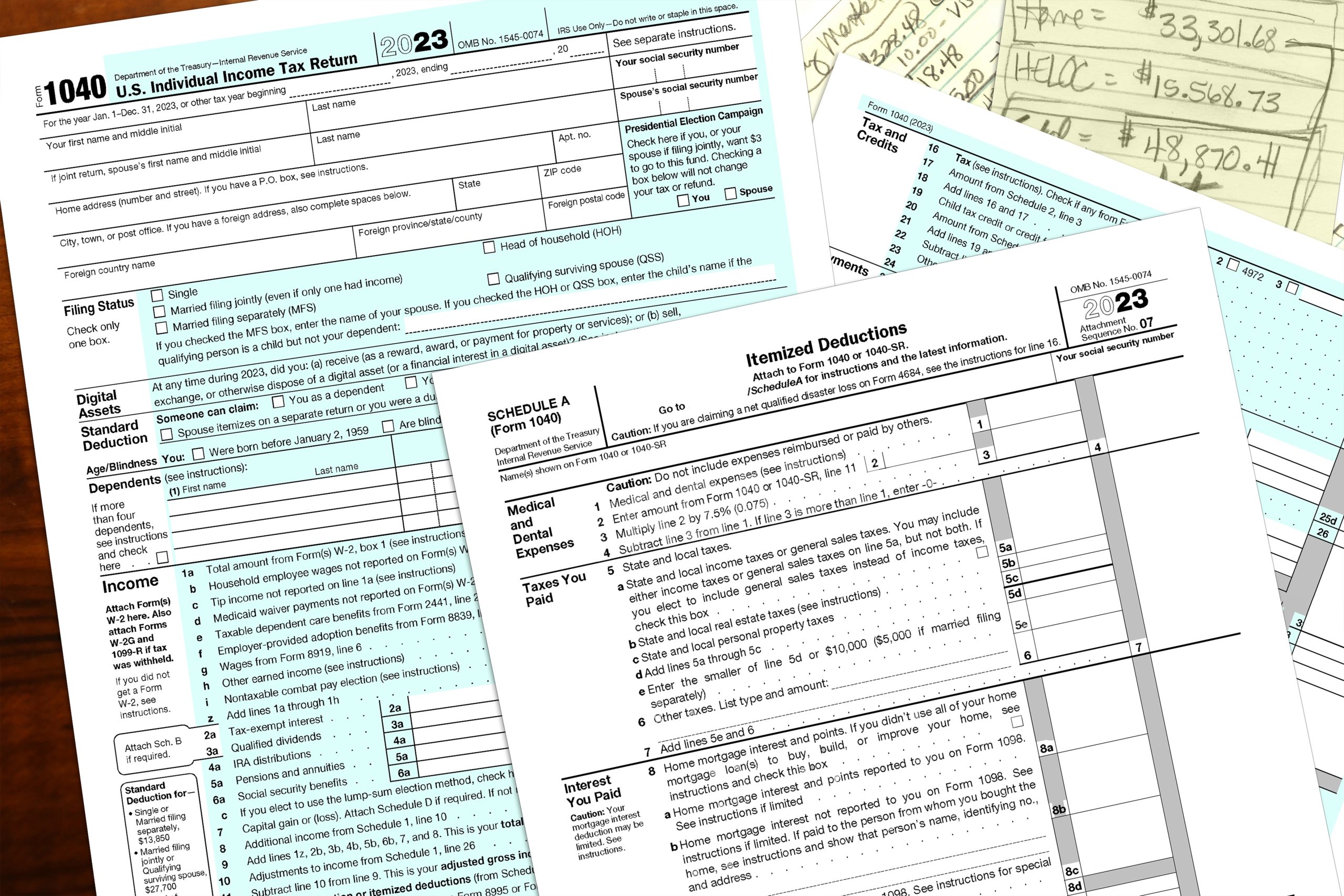College can be extremely expensive. However, while you’re spending thousands each year for your degree, you can take some solace in knowing that there are tax credits to help offset those costs!
Higher education tax credits like the American Opportunity Tax Credit and Lifetime Learning Credit allow you to deduct eligible expenses to help lower your tax bill or even potentially claim a larger refund.
Higher Education Tax Credits
There are two higher education tax credits that you may be able to claim: the American Opportunity Tax Credit and the Lifetime Learning Credit. While both cannot be claimed in the same year, they each have their own benefits and disadvantages.
American Opportunity Tax Credit
The American Opportunity Tax Credit allows undergraduate students (or their parents) to claim up to $2,500 in tax credits. Those who qualify for the credit can claim up to 100% of the first $2,000 of eligible expenses and 25% of the next $2,000.
The eligibility requirements for students to claim the full credit include the following:
- Have an adjusted gross income of $80,000 or less as a single-filer or $160,000 or less as a joint filer.
- Be enrolled at least half time for at least one academic period
- Be enrolled in a course that leads to a degree, certificate, or other educational credential.
In addition, in order for expenses to be eligible, they must be used for the following:
- Tuition and fees towards enrollment in the program
- Course-related expenses (books, supplies, equipment)
It’s important to note that personal expenses like housing, food, or transportation costs are not eligible expenses for this credit.
You are eligible to take this credit for up to 4 years per student. In addition, up to 40% of the credit is refundable if your applied credits exceed your tax liability.
Lifetime Learning Credit
The Lifetime Learning Credit is similar to the American Opportunity Tax Credit but a little more versatile.
The credit allows you to claim up to 20% of the first $10,000 of eligible expenses paid. Unlike the American Opportunity Tax Credit, you can apply this credit to expenses associated with graduate and non-degree courses in addition to undergraduate courses.
In order to qualify for the entire Lifetime Learning Credit, you must:
- Have an adjusted gross income under $90,000 as a single filer and $180,000 if you are married filing jointly.
- Have eligible expenses like tuition and fees.
Unlike the American Opportunity Tax Credit, the Lifetime Learning Credit is not limited to the first four years of higher education. Therefore, it’s a great way to get a break on your taxes if you’re a working adult trying to gain additional skills throughout your career.
Additional Educational Tax Deductions
There are a few other ways to get money off your taxes that are related to higher education expenses in addition to the credits listed above. Some of the most common include:
- Student Loan Interest – As long as you make under $85,000 as a single filer or under $175,000 as a joint filer, you can deduct up to $2,500 in student interest paid each year. If you paid $600 or more in interest, your loan provider will send you a Form 1098-T. However, you can still claim a deduction even if you paid less than $600.
- Tax Advantaged College Savings Accounts – Interest or gains on money that was kept in either a 529 Educational Savings Plan or a Coverdell Savings Account are tax-free as long as they were used to cover qualified educational expenses.
- Company-Provided Educational Assistance – If your company provides you with a reimbursement or loan repayment, you are able to exclude up to $5,250 from your taxable income.
How Do I Know Which Credits I’m Eligible For?
Knowing which educational credits you are eligible for can be difficult. Take the guesswork out of it by signing up for FileSmart! For a low monthly fee, you can ask our team of tax experts up to 5 questions per month – for a fraction of the price of hiring a CPA. In addition, you’ll get access to our tax filing software to ensure that you’re receiving all the credits that you are eligible for. Sign up here.































0